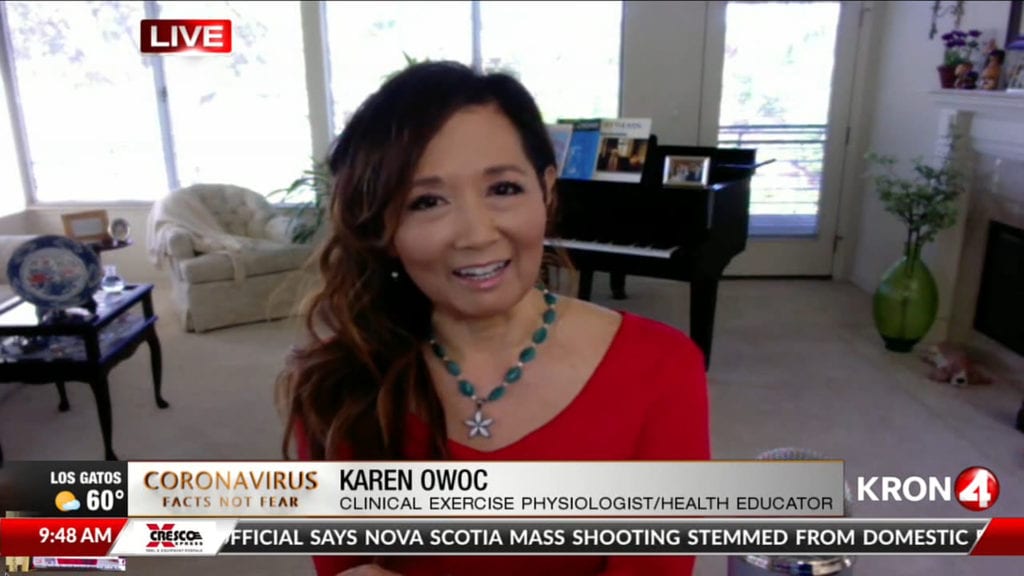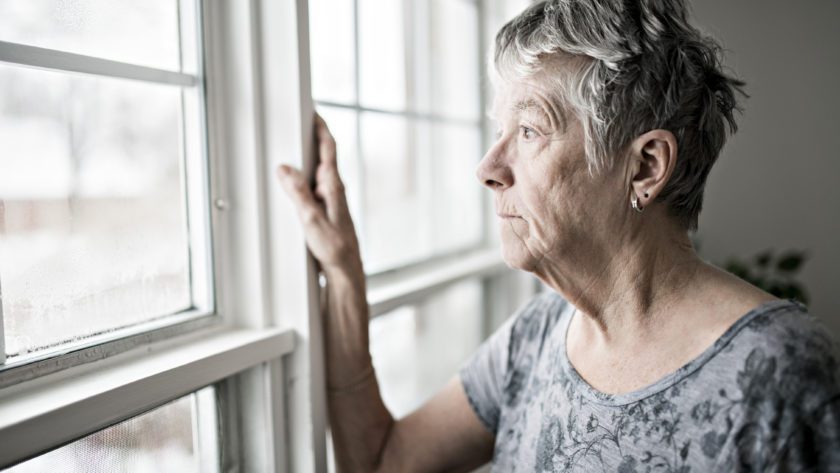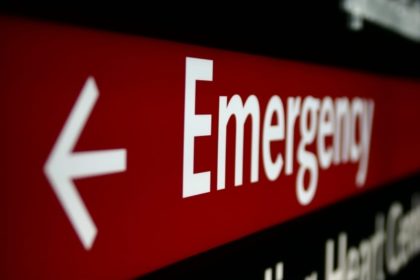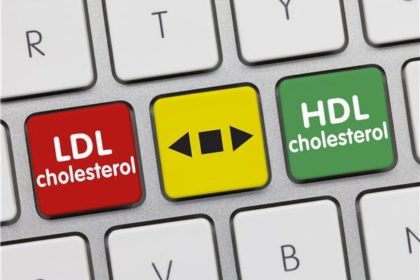Social isolation and loneliness among older adults were serious concerns before the coronavirus pandemic. Now… the health risks of loneliness from being sheltered in place have created an even greater public health crisis. Here’s how people are helping them connect.
Shelter-in-Place Created Even More Social Separation
The coronavirus outbreak forced the very programs that provided social connections and stimulation for seniors, such as lectures, classes, lunches, and exercise programs. The senior social outlets, e.g., senior centers, day programs, theaters, parks, gyms, and restaurants closed their doors. Nursing homes and assisted living facilities no longer allow family members to visit.
Seniors that may NOT have been lonely or isolated prior to the coronavirus pandemic are experiencing it now.
Digital Technology Has Limited Reach
Many organizations have turned to digital technology as a way to keep older adults engaged. Streamed concerts, support groups, discussion groups, and classes have been offered by senior programs like the YMCA.
In 2016, the ages within the older population broke down as follows:
- 49.2 million Americans were 65 years old and older (17% of the population)
- 88.7 million were 60 years old and older
- 6.4 million were 85 years old and older
According to Pew Research:
- One-third of Americans over the age of 65 are not confident using digital technology.
- Half needed help setting up new devices.
- Some seniors don’t have the broadband connection.
Research Findings on Social Isolation and Loneliness
Two years ago the National Academies of Sciences, Engineering and Medicine conducted a study and made recommendations to address the social isolation and loneliness experienced by older adults. The research results were revealed in February — just as the coronavirus started to spread.
Per the researchers, loneliness and isolation are different:
- Social isolation is defined as the lack of social contact with other people. 25% of people over 65 living independently are considered socially isolated.*
- Loneliness is defined as feeling left out and ignored and can occur despite being surrounded by other people. Most older adults typically don’t talk about feeling lonely. 43% of people over 60 reported feeling lonely.*
*These percentages are from findings BEFORE the staying-at-home orders took effect.
Retirement, difficulty driving, hearing/vision loss, cognitive or physical problems make staying socially connected difficult. Many women over the age of 75 are living alone because their spouses passed away.
Isolation is a Risk Factor for Chronic Disease and COVID-19
According to the CDC, 78% of those stricken most seriously with COVID-19 have at least one underlying health condition, i.e., diabetes, heart disease, chronic lung disease, chronic kidney disease, and a weakened immune system.
Isolation is associated with:
- Higher rates of heart disease and stroke
- A 50% increased risk of dementia (Social interaction is essential for brain health. The brain needs intellectual stimulation.)
- Greater incidence of depression and anxiety
Mortality rate of socially-isolated adults is comparable to:
- Smoking
- Obesity
- Excessive alcohol consumption
- Physical inactivity
New Way of Thinking
Based on these findings, visiting older people should no longer be considered an option, but a requisite. Some people are playing games, cards, or doing crossword puzzles on FaceTime with their elders.
The Social Connection Solutions
The research found attending exercise programs helped reduce isolation, but the pandemic removed that solution. Social distancing makes connecting socially difficult, if not near impossible, but organizations mobilized to address this issue.
1. The Institute of Aging’s Friendship Line in San Francisco: This is a 24-hour toll-free HOT LINE (for crisis calls). The line is for people 60 years and older and adults with disabilities in crisis.
They also have a WARM LINE (for non-emergency emotional support calls) which supports people who find it challenging to connect with others in the community. The Friendship Line also makes on-going outreach calls to lonely older adults.
“It’s estimated that even a 5-minute phone call with an older adult can shift them from feeling lonely to feeling connected.”
2. Meals on Wheels: In suburban Atlanta, instead of just dropping off meals, drivers are knocking on the door and chatting with elders from across the hallway. They’re conversing but maintaining the 6-foot distance. Elders say it makes a huge difference in their lives.
3. PACE programs: In Southern California, two federally-funded PACE medical and social services programs lease GrandPads (tablets for seniors) to 250 participants aged 75 and over. Seniors can call the PACE center, receive/reply to email, receive video calls from and play games with PACE staff members.
4. In New York, the Queens Public Library program assistants call 50 homebound patrons by phone to check on their well-being and remind them of available programs.

![]() Karen’s Fit Tip: Social isolation isn’t going away. Even after we return to some degree of normalcy, millions of isolated or lonely elders will still exist, and it’s important we don’t forget them and continue to create ways to reach out.
Karen’s Fit Tip: Social isolation isn’t going away. Even after we return to some degree of normalcy, millions of isolated or lonely elders will still exist, and it’s important we don’t forget them and continue to create ways to reach out.





